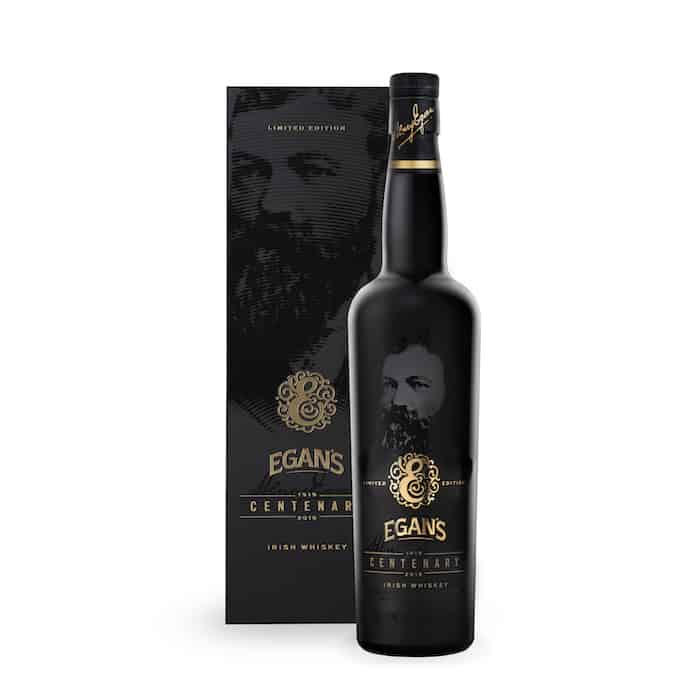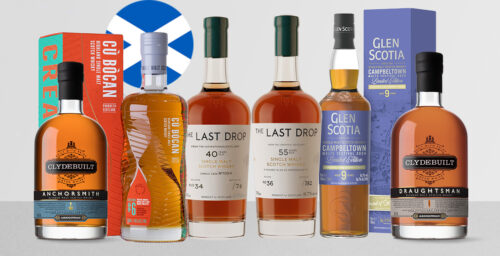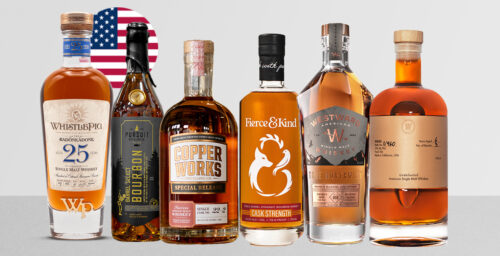Egan’s Irish Whiskey is said to have been originally established in a way back in 1852 by brothers Henry and Patrick Egan in Tullamore County, Offaly, in the heart of Ireland. Reportedly known for “sourcing and bottling only the finest whiskeys,” it eventually faded like so many other Irish whiskey labels until it was brought back in recent years by the namesake’s fifth and sixth generation, led by Maurice & Jonathan Egan. Now, in celebration of 100 years since Henry Egan’s passing, the brand has released a new whiskey known as Centenary.
Egan’s Irish Whiskey Centenary, according to those behind it, is a non-age statement release that’s a blend of sourced Irish single malt and grain whiskeys. It is said to have been blended in ex-XO Cognac casks of French Limousin oak. It is non-chill filtered and bottled at 46% ABV (92 proof).
“Centenary is a remarkable spirit that pays homage to Henry Egan, a man that was passionate about his craft and dedicated to his country,” said Jonathan Egan in a prepared statement. “Since 1852, my family has been bonding and bottling the highest quality of Irish whiskeys, and it is with great pride that we keep that legacy alive today.”

Plans call for Centenary to price around $100, with a limited release of just 5,995 bottles worldwide being made available. Official tasting notes indicate “floral notes with accents of honey and apricot on the nose. A combination of light wafers, almond, ginger, and zesty fruits linger on the palate. The finish is long and gentle with hints of ginger giving way to lemon zest and licorice.”
It should be noted as well each bottle of Egan’s Centenary comes with an Irish tweed coaster, produced in partnership with Magee of Donegal. This is done as a nod to the “Tullamore Tweed” incident that Henry Egan was involved in in 1887. He was a “political Irishman of conviction,” serving as secretary of the Tullamore Land League, and in that year “Land League leaders William O’Brien, M.P. and John Mandeville were imprisoned at Tullamore Gaol (jail). The men refused to wear official prison garments, protesting their non-criminal status and declaring themselves as political prisoners. Henry managed to smuggle in a suit of Irish Blarney Tweed, a soft hat, and an emerald green tie for O’Brien to wear in defiance of the authorities.”



